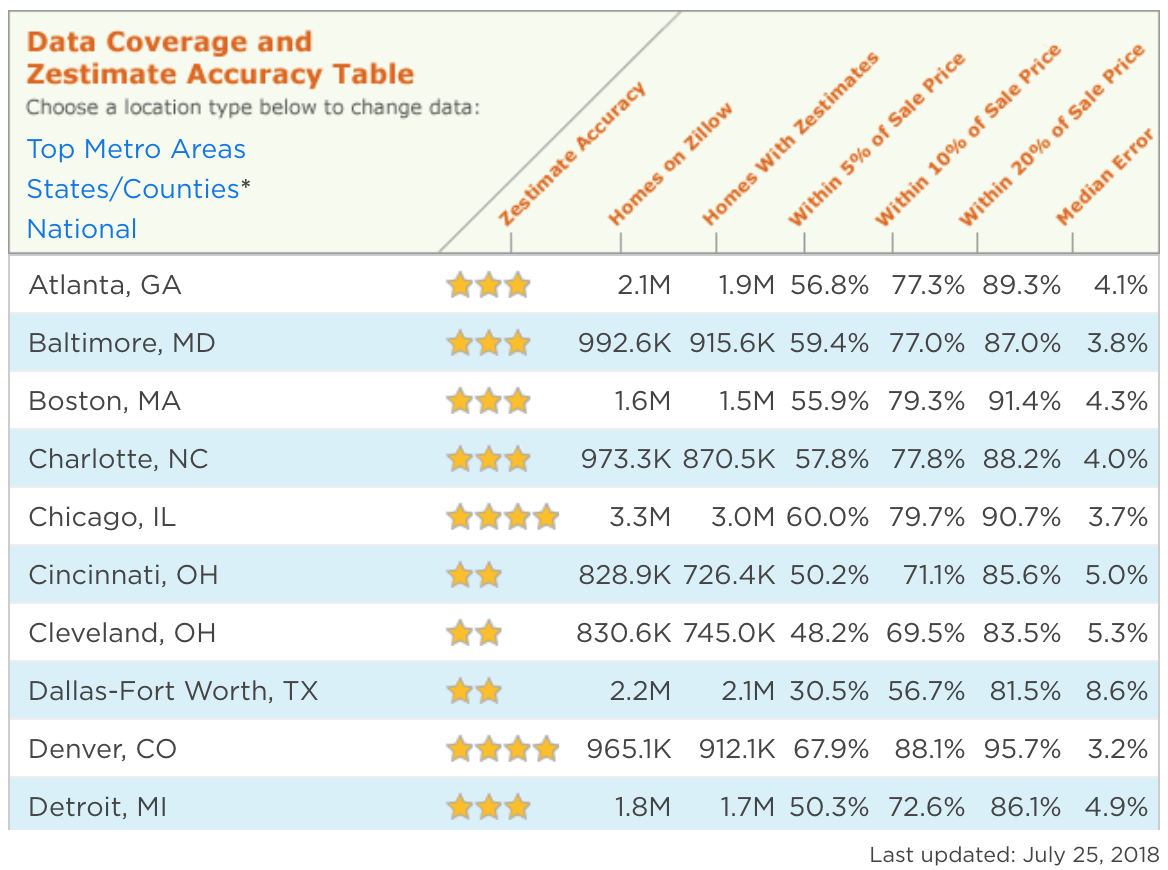In the lack of some natural disaster, which can decrease the immediate supply of houses, prices rise when need tends to surpass supply patterns. The supply of timeshare in florida housing can likewise be sluggish to respond to boosts in demand because it takes a long period of time to develop or spruce up a home, and in extremely developed locations there merely isn't any more land to build on.
Once it is established that an above-average increase in housing rates is initially driven by a need shock, we must ask what the reasons for that boost in demand are. There are a number of possibilities: A rise in basic economic activity and increased prosperity that puts more non reusable income in consumers' pockets and encourages homeownershipAn increase in the population or the group segment of the population getting in the real estate marketA low, basic level of rates of interest, particularly short-term interest rates, that makes homes more affordableInnovative or new home mortgage items with low initial monthly payments that make houses more budget-friendly to new market segmentsEasy access to creditoften with lower underwriting standardsthat likewise brings more purchasers to the marketHigh-yielding structured mortgage bonds (MBS), as required by Wall Street financiers that make more home loan credit available to borrowersA possible mispricing of risk by home loan lenders and home mortgage bond investors that broadens the availability of credit to borrowersThe short-term relationship between a mortgage broker and a debtor under which debtors are often motivated to take excessive risksA absence of monetary literacy and extreme risk-taking by home mortgage debtors.
An increase in home turning. Each of these variables can integrate with one another to cause a real estate market bubble to take off. Indeed, these factors tend to feed off of each other. An in-depth conversation of each is out of the scope of this article. We merely mention that in general, like all bubbles, an uptick in activity and rates precedes excessive risk-taking and speculative behavior by all market participantsbuyers, customers, lenders, builders, and financiers.
This will occur while the supply of real estate is still increasing in action to the previous need spike. Simply put, demand decreases while supply still increases, resulting in a sharp fall in rates as no one is delegated pay for much more houses and even higher rates. This realization of danger throughout the system is activated by losses suffered by property owners, mortgage lending institutions, home loan investors, and residential or commercial property investors.
This often results in default and foreclosure, which eventually contributes to the existing supply available in the market. A decline in basic economic activity that results in less non reusable income, job loss or less offered tasks, which reduces the need for real estate (what is escheat in real estate). A recession is particularly harmful. Need is exhausted, bringing supply and demand into equilibrium and slowing the quick pace of house price appreciation that some house owners, especially speculators, depend on to make their purchases economical or successful.
The bottom line is that when losses mount, credit requirements are tightened, simple home loan loaning is no longer readily available, need reduces, supply increases, speculators leave the market, and prices fall. In the mid-2000s, the U (what does a real estate agent do).S. economy experienced a widespread housing bubble that had a direct effect on causing the Great Economic crisis.
Some Of How Do Real Estate Agents Make Money
Low rate of interest, unwinded financing standardsincluding incredibly low down payment requirementsallowed people who would otherwise never have had the ability to acquire a home to become property owners. This drove house rates up even more. But lots of speculative investors stopped buying since the threat was getting too high, leading other purchasers to get out of the marketplace.
This, in turn, triggered costs to drop. Mortgage-backed securities were offered off in huge quantities, while home loan defaults and foreclosures increased to extraordinary levels. Frequently, homeowners make the harmful mistake of presuming recent rate efficiency will continue into the future without very first considering the long-lasting rates of rate appreciation and the capacity for mean reversion.
The laws of financing similarly mention that markets that go through periods of rapid cost gratitude or devaluation will, in time, revert to a cost point that puts them in line with where their long-lasting average rates of gratitude suggest they must be. This is known as reversion to the mean.
After durations of quick rate appreciation, or sometimes, devaluation, they revert to where their long-term average rates of appreciation suggest they should be. House rate mean reversion can be either quick or steady. Home costs may move quickly to a point that puts them back in line with the long-term average, or they may remain continuous until the long-term average overtakes them.
The calculated average quarterly percentage increase was then applied to the beginning value displayed in the graph and each subsequent value to obtain the theoretical Real estate Cost Index worth. Too numerous home purchasers utilize just current rate performance as benchmarks for what they anticipate over the next numerous years. Based upon their unrealistic estimates, they take excessive timeshare user group dangers.
There are numerous home loan products that are heavily marketed to consumers and designed to be relatively short-term loans. Borrowers choose these home mortgages based upon the expectation they will be able to refinance out of that home loan within a specific variety of years, and they will have the ability to do so because of the equity they will have in their homes at that point.
Examine This Report on How To Become A Real Estate Agent In Oregon
Property buyers need to aim to long-term rates of house price gratitude and consider the financial principle of mean reversion when making essential financing choices. Speculators ought to do the exact same. While taking threats is not naturally bad and, in truth, taking risks is sometimes necessary and suggested, the key to making an excellent risk-based decision is to understand and determine the risks by making economically sound price quotes.
A basic and crucial principle of finance is mean reversion. While real estate markets are not as subject to bubbles as some markets, housing bubbles do exist. Long-lasting averages supply an excellent indication of where real estate costs will eventually wind up during durations of quick appreciation followed by stagnant or falling costs.

Given that the early 2000s, everybody from analysts to specialists forecasted the burst of the. So, even entrants on a video game show might have problem quickly addressing the concern regarding the date. The bubble didn't actually burst till late 2007. Normally, a burst in the real estate market happens in certain states or areas, however this one was various.
Typically, the real estate market does show signs that it's in a bubble and headed for a little problem (how to choose a real estate agent). For example: Begins with a boost in demand The increase is coupled with a restricted supply of homes on the market Viewers, who think in short-term buying and selling (referred to as flipping), get in the market.
Demand increases even more The marketplace undergoes a shift. Demand decreases or stays the same as the real estate market sees a boost in supply. Costs Drop Real estate bubble bursts The exact same scenario took place leading up to late 2007. While the real estate market grew in the bubble, property was often selling at misestimated costs from 2004 to the year before the burst.
